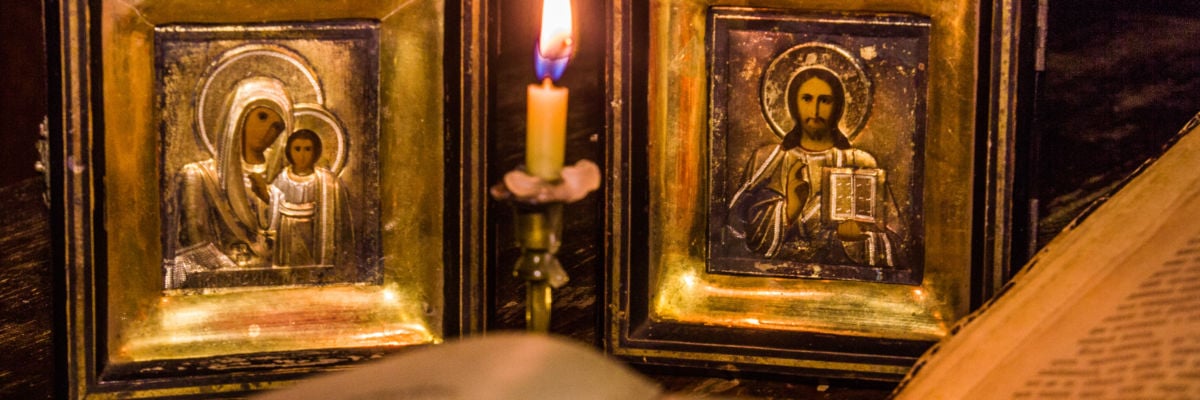
DAY 272
CHALLENGE
“Catholics use statues and pictures, but the Ten Commandments prohibit such religious images (Exod. 20:4–6; Deut. 5:8–10).”
DEFENSE
The Ten Commandments prohibit making idols, not religious images.
Idols are manufactured objects that people falsely believe to be deities. Their use was commonplace in paganism, and God rightly prohibited the Israelites from making them. However, not all religious use of images is idolatry, and God commanded the religious use of images in the Old Testament.
At one point the Israelites are being bitten by serpents, and God had Moses make a bronze serpent “and set it on a pole; and if a serpent bit any man, he would look at the bronze serpent and live” (Num. 21:9). Looking at the bronze serpent to be healed was a religious act God authorized. (Nevertheless, when the bronze serpent began to be worshipped as a god itself, it was destroyed; 2 Kings 18:4).
Similarly, God commanded statues of golden cherubim be made at each end of the mercy seat on the Ark of the Covenant (Exod. 25:18–22). He similarly commanded images of cherubim be woven into the curtains of the tabernacle (Exod. 26:1). When the tabernacle was replaced by the temple, images of cherubim were fashioned on the temple’s walls, its doors, and its veil (2 King. 6:29–35; 2 Chron. 3:7, 14). And there were two giant (15–feet tall) statues of cherubim in the holy of holies (2 Kings 6:23–28; 2 Chron. 3:10–13).
The inclusion of these images on the ark, in the tabernacle, and in the temple indicates their religious function. They represent the inhabitants of heaven, the angels who surround God. In our age, now that humans have been admitted to heaven (Rev. 6:9, 7:14–17), it is natural for statues of human saints also to be placed in churches.
Most significantly, by virtue of the Incarnation, Jesus inaugurated a new age in which God took on visible form. It has been natural since then for Christians to depict Jesus in religious art. This includes the Protestant community, where two-dimensional images of Jesus are common. Adding a third dimension to make a carving or statue does not fundamentally change the situation.
All today recognize that images of Christ and the saints are merely symbols of the individuals they represent (a precursor of modern photographs). They are not idols (see Day 307).



